The battery is the heart of your Tesla and there is a lot to know about it. What affects the range? How do you conserve the battery? And what is recuperation all about?
The answers to these and more questions are clearly summarized here .
Tesla range
Whether Tesla Model Y or Tesla Model S: range is the most important keyword in connection with the battery. It indicates the maximum distance you can drive before the next charging stop is due. This is always an estimate, as the actual range depends on many factors.
Do you drive sportily or cautiously, do you have the large performance rims or the aerodynamically favorable aero rims, is the car heavily loaded or almost empty - all of this plays a role.
The weather also has a major influence: In winter, the battery suffers from the cold temperatures, and on hot summer daysthe air conditioning needs a lot of energy. Here you can save a lot of battery power with the right sun protection.
It is important to note that the displayed range or battery charge level actually represents the maximum, unlike with a combustion engine, there is no "tank reserve". So look for a charging station at the latest when the battery level is 10% and always plan with about 50 kilometers less range than indicated to be on the safe side.
Tesla consumption per 100 km
All this sounds as if the fuel consumption of electric cars is not particularly convincing. But not at all: Even the large, heavy Tesla Model X Maximum Range only consumes between 20 and 25 kWh/100 km, which corresponds to between 3 and 5 liters of gasoline, depending on the engine used for comparison.
The consumption of all Tesla models is stated by the car manufacturerwith the following average values:
- Consumption Tesla Model S: 19 kWh/100 km
- Consumption Tesla Model 3 basic version: 14.9 kWh/100 km
- Consumption Tesla Model X: 22.6 kWh/100 km
- Consumption Tesla Model Y: 16.9 kWh/100 km
Under Vehicle -> Trips you can display your current consumption.
Tesla-Rekuperation
However, there is also a way to "regain" range. The so-called recuperationtransforms the electric motor of your Tesla into a generator to feed energy back into the battery when braking and driving downhill - a clear efficiency advantage over combustion engines.
Tesla-Batterie schonen
Another special feature of electric cars: the battery capacity decreases over the years for chemical reasons. So in order to still have as much range as possible after 100,000 kilometers, you should conserve your battery. To do this, it is advisable to keep the battery level between 20 and 80% whenever possible (i.e. not to fully charge it) and to prefer the wallbox at home to fast charging stations.
Exception are the LFP batteries recently installed in the Tesla Model 3 with the shortest range, which can also be regularly charged to 100 %.
Source contribution image:Jeffrey Correa via Unsplash

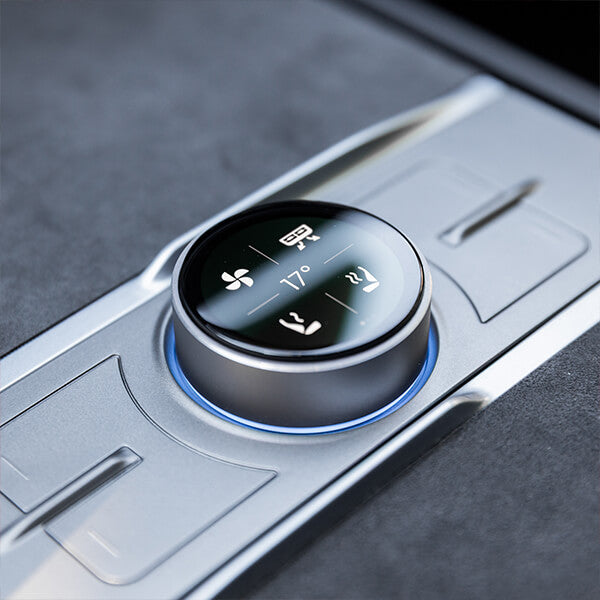
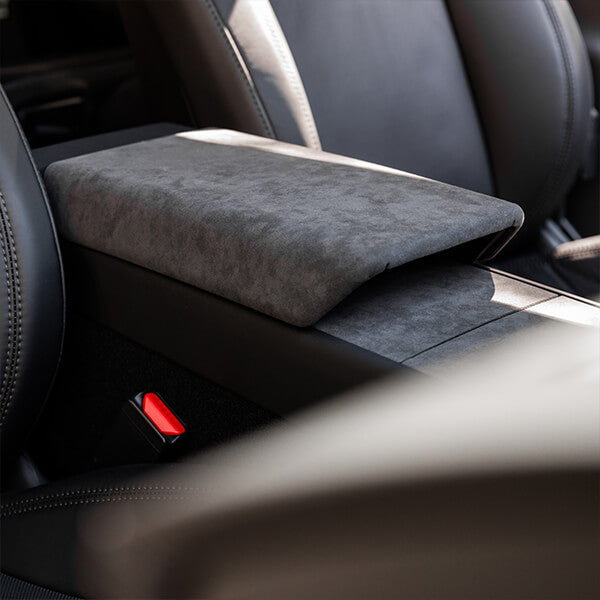
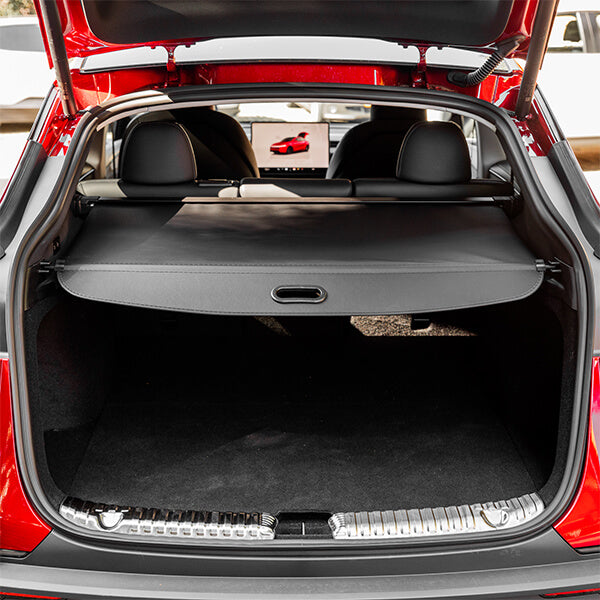
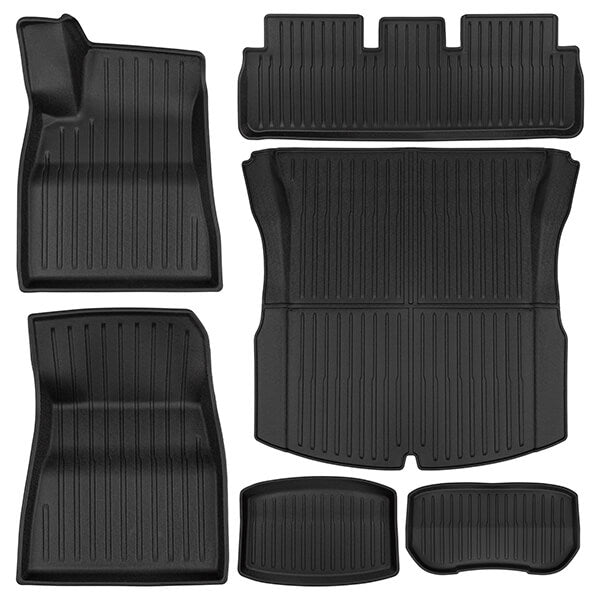
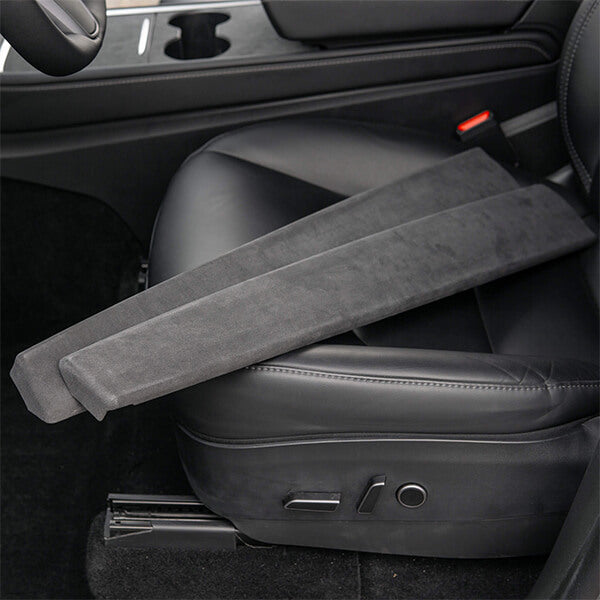
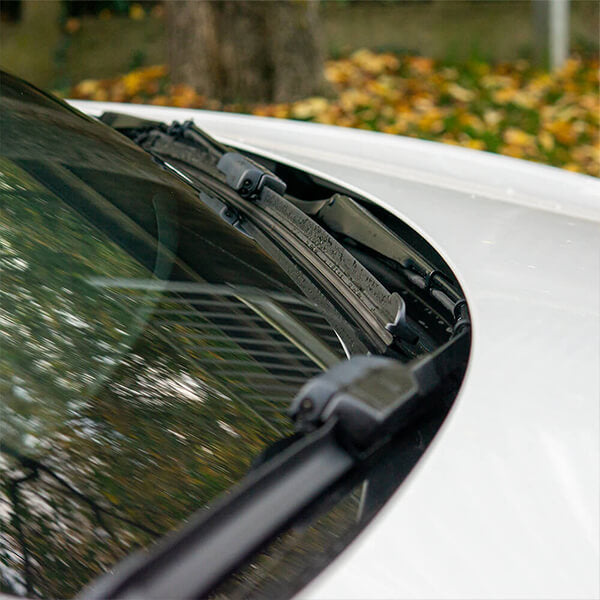
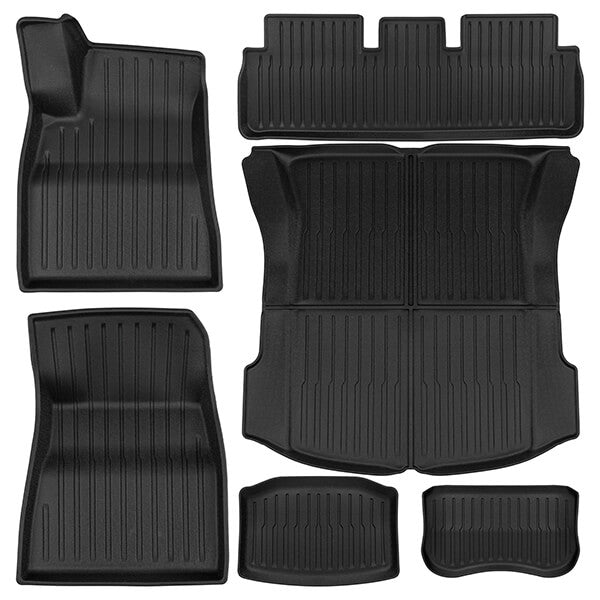
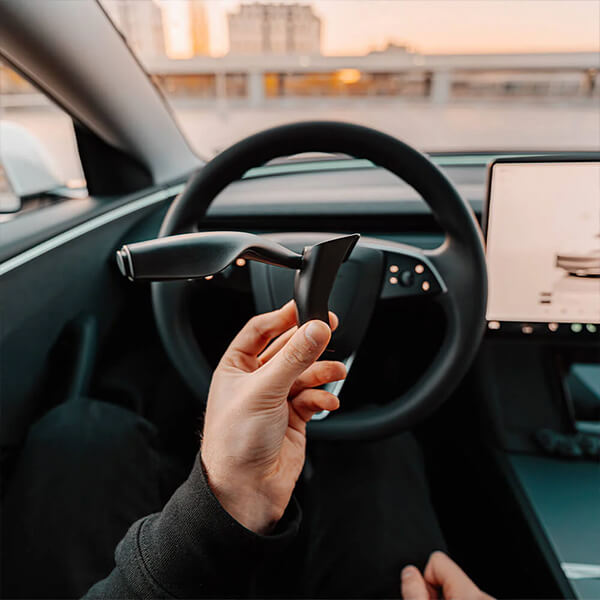
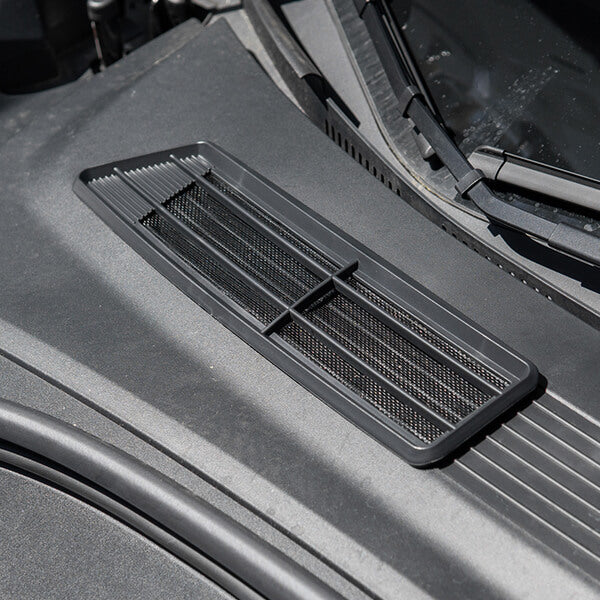

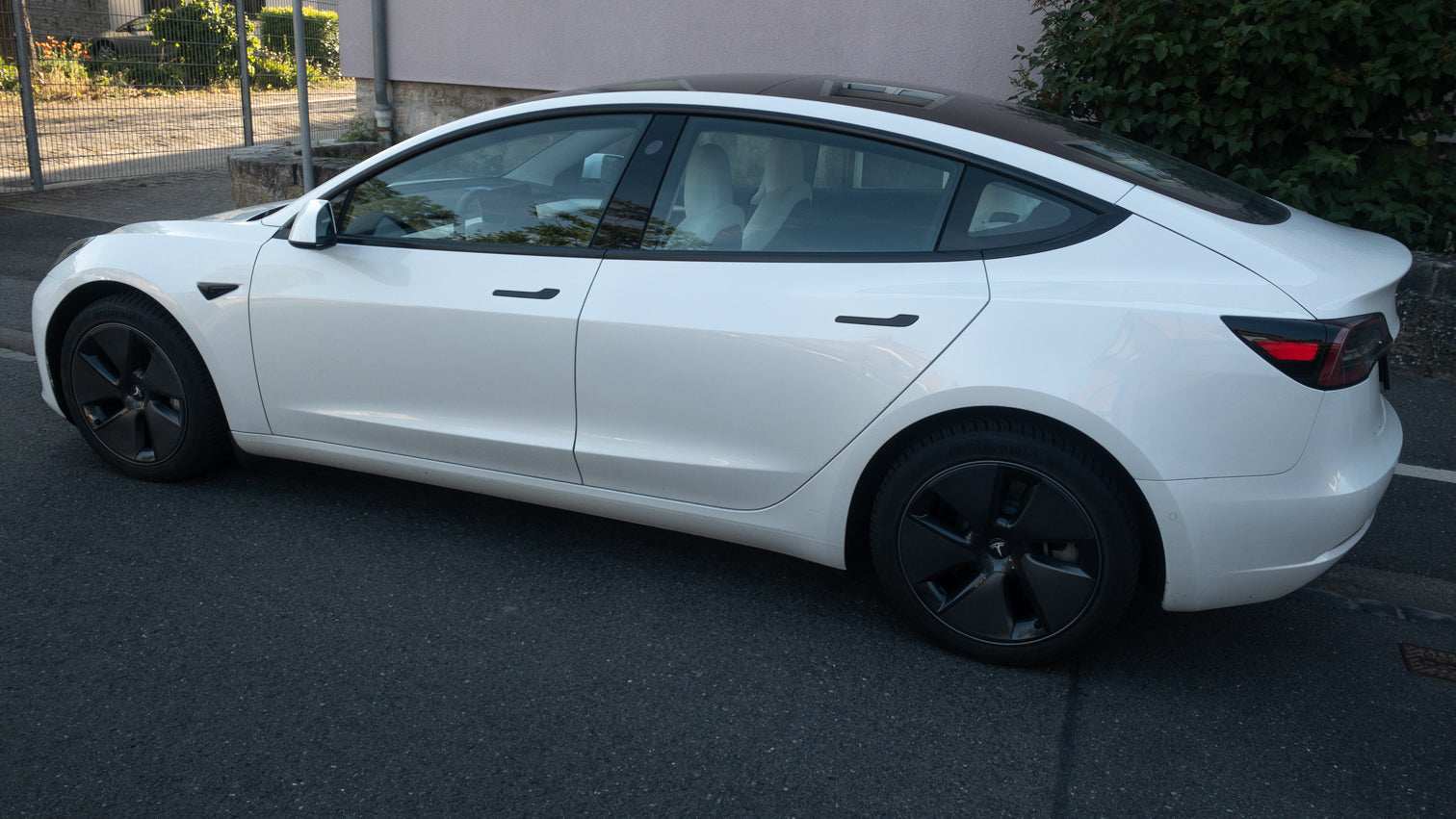
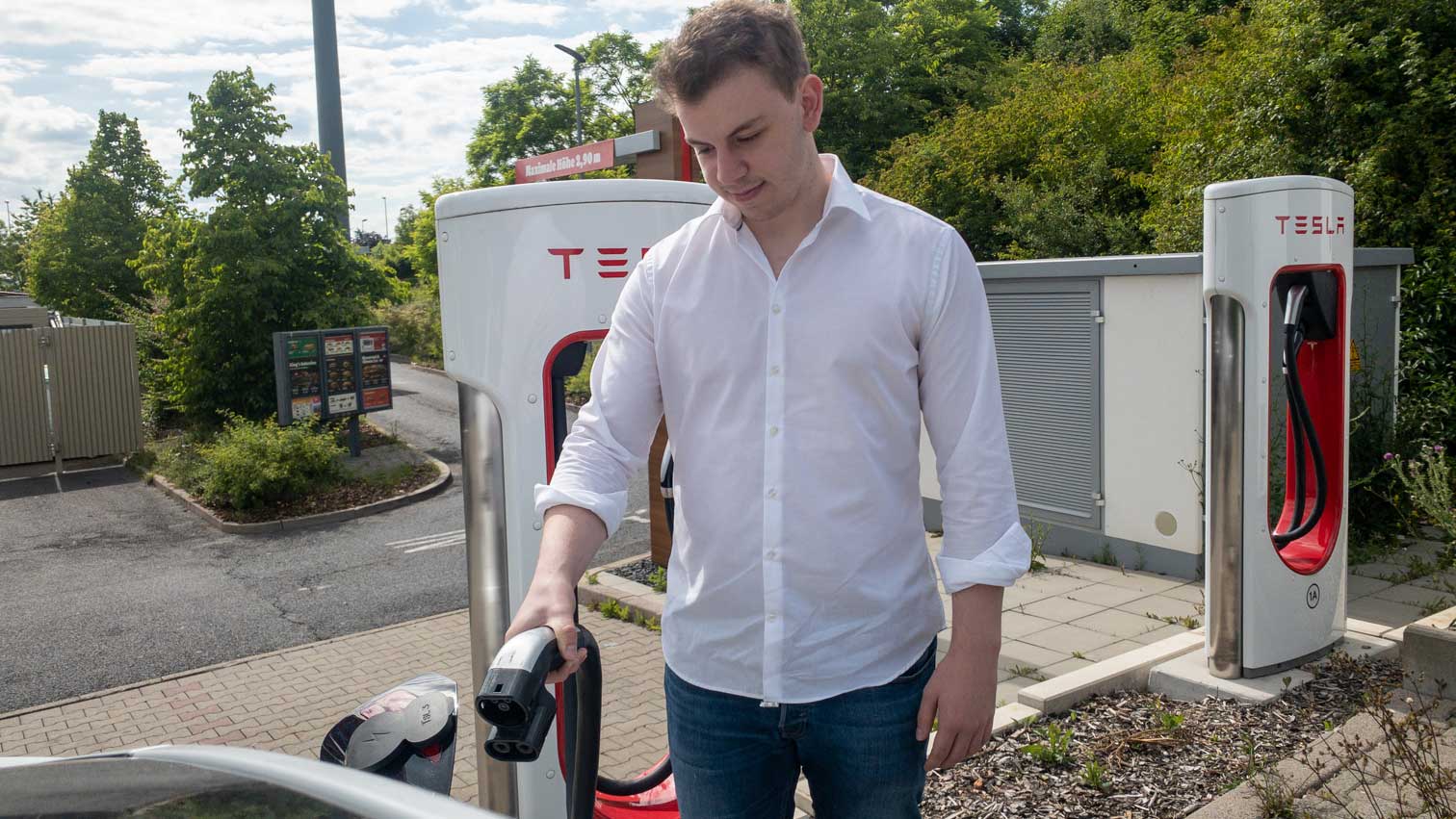

1 Comment
Moser Tom
Zurück in die Steinzeit: ich muss mich also warm anziehen und im Sommer das Auto vor Hitze schützen? Damit ich auf eine Reichweite komme, die einen Drittel meines ‚schmutzigen‘ Skoda Von vorher entspricht? Echt jetzt? Das ist ihre Empfehlung?? Na dann: gute Nacht!
Zurück in die Steinzeit: ich muss mich also warm anziehen und im Sommer das Auto vor Hitze schützen? Damit ich auf eine Reichweite komme, die einen Drittel meines ‚schmutzigen‘ Skoda Von vorher entspricht? Echt jetzt? Das ist ihre Empfehlung?? Na dann: gute Nacht!